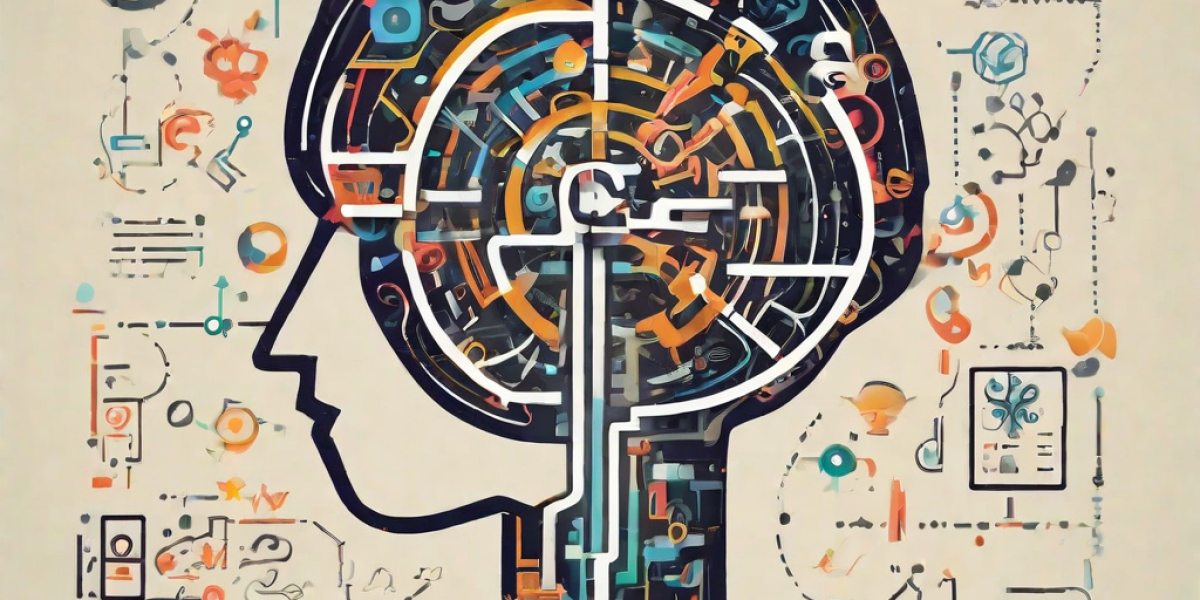Here is a review of the book "Deep Thinking: Where Machine Intelligence Ends and Human Creativity Begins" by Ken Goldberg:
1. Book Summary
Published in 2017, Deep Thinking explores applications of modern deep learning techniques and examines their limitations compared to human-level general intelligence. With over 250 pages published by PublicAffairs, Goldberg profiles cutting-edge AI uses in robotics, vision and synthesis while investigating challenges ahead.
2. About the Author
Ken Goldberg is a Professor of Engineering at UC Berkeley with over 3 decades of research experience applying AI, robotics and automation. He founded several startups and serves on the World Economic Forum's Council on AI and Robotics to ensure their safe, ethical progress.
3. Contents
Across 12 chapters, Goldberg tours various projects from his labs while conducting interviews with leaders at companies like DeepMind, Anthropic and Google on the frontiers of their technologies. Philosophical discussions consider distinguishing traits of human intelligence.
4. Key Takeaways
While impressed by growing capabilities, Goldberg warns against misleading hype over machine sentience or general problem-solving. He advocates AI as an assistive tool versus a replacement for human skills and values to maximize benefits and prevent harm.
5. Reviews
Science hailed its balanced perspective between excitement over deep learning breakthroughs and nuanced analysis of present limitations. The Boston Globe recommended the book for professionals and the interested public.
6. Similar Works
- Life 3.0 by Dario Amodei (2017) hypothesizing self-supervised AI potential.
- The Alignment Problem by Shane Legg (2020) on verifying advanced AI goal preservation.
7. Contrasting Perspectives
- How to Create a Mind by Kurzweil (2012) taking an optimistic stance on whole brain simulation.
- Superintelligence by Bostrom (2014) addressing existential risks from uncontrolled powerful AI.
Overall, Goldberg's pragmatic insights stimulate productive discussion on human-AI collaboration versus unrealistic projections of machine sentience or general problem-solving abilities.







